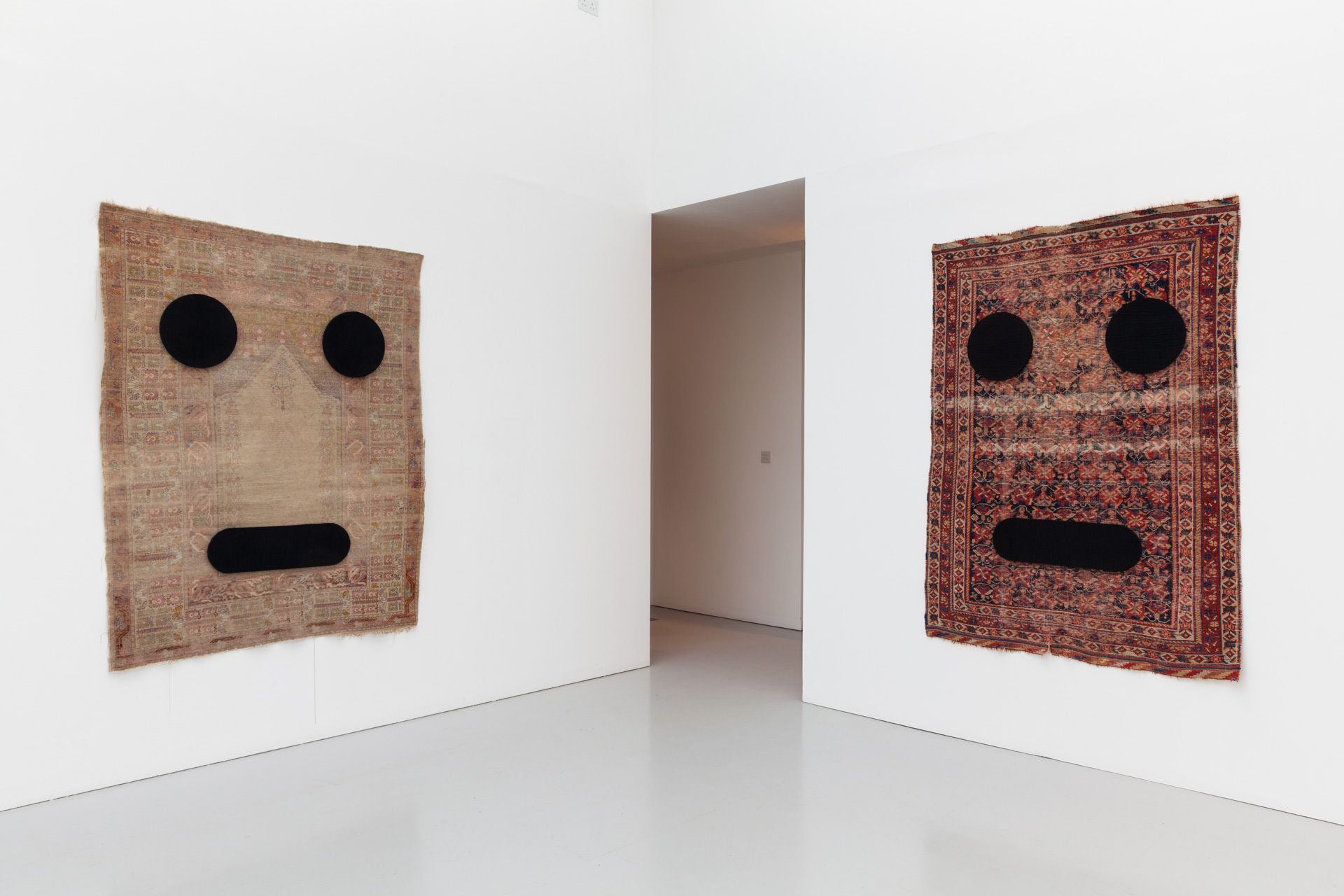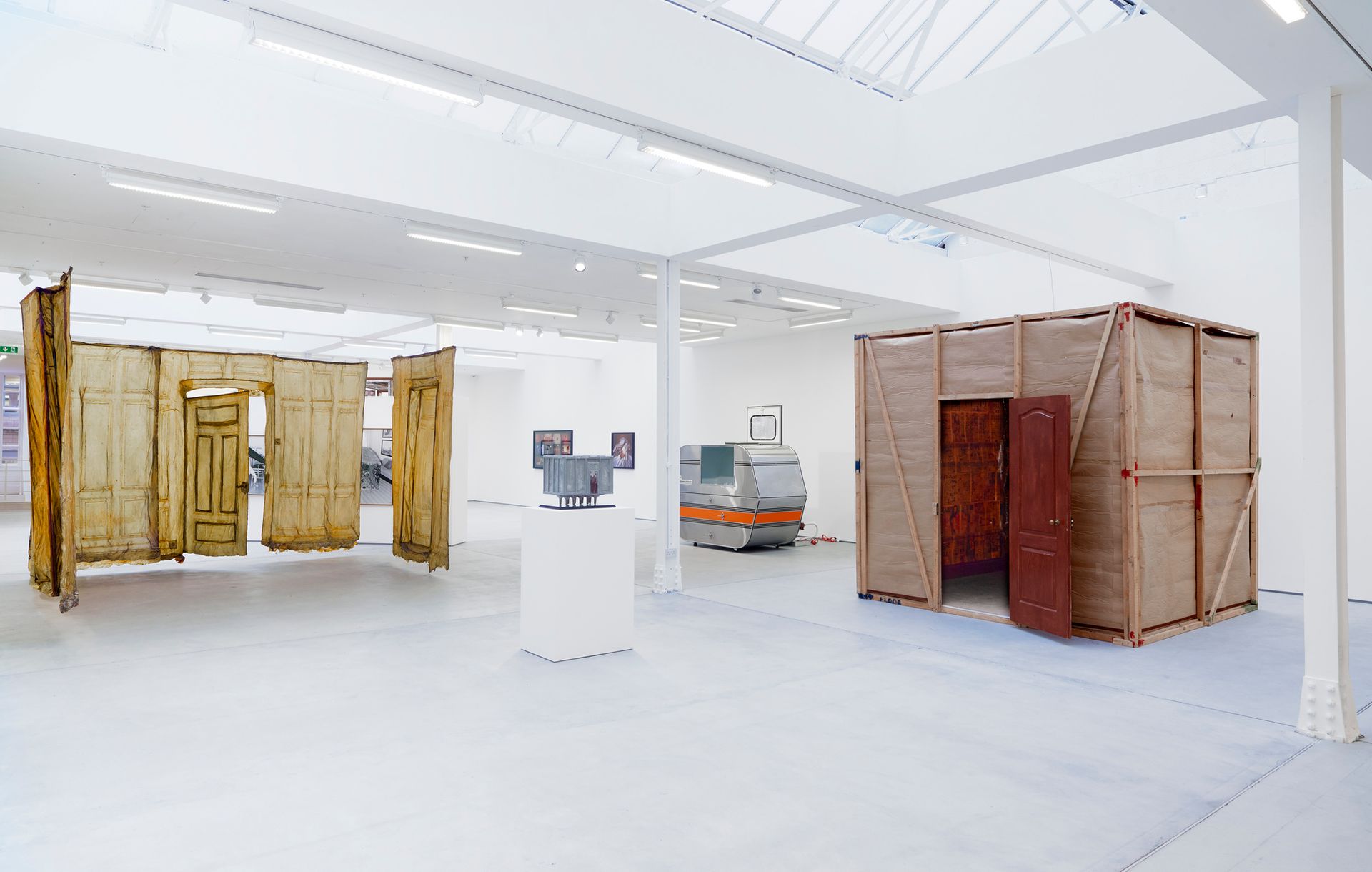Paul Nash, Tate Britain (until 5 March)
Paul Nash is best known as a quintessentially British landscape painter who also produced some of the most powerfully damning images of the devastation of the First World War. But alongside his almost mystical engagement with the countryside and natural forms of southern England, Tate Britain’s survey is devoted to demonstrating that Nash was an ardent internationalist closely in touch with the movements of the European avant-garde and especially Surrealism.
An entire room is devoted to his participation—alongside his friends Moore, Hepworth and Nicholson, to name a few—in the radical 1930s Modernist group Unit One, devoted to “a truly contemporary spirit”. Another gallery highlights his contribution to the great International Surrealist Exhibition in London in 1936. He played such a key part in it, that one newspaper dubbed him the “English Surrealist in Chief”.
Yet at the same time we see that Nash’s take on Surrealism was highly personal and remained closely wedded to an intense love of the English countryside, its plants, geology and ancient sites. Even when he was no longer officially associated with the movement, his brand of “natural surrealism” continued to reverberate throughout his work, through his late Second World War paintings and up to the great, strange airborne flower paintings made just before his death in 1946.
“Surrealism found me,” he said, and throughout his career this natural affinity resulted in some of his greatest works.

Peter Liversidge, Kate MacGarry (until 18 February)
Pareidolia is the phenomenon of seeing specific images when they aren’t necessarily meant to be there: genitals in turnips, Jesus in slices of toast and—in particular—faces in anything from clouds to a handbag or a split pepper. This determination of the brain to read a face into even the most unlikely of objects or natural forms provides the underpinning to Peter Liversidge’s most engaging new series of work. Faces abound—if you have the eyes for them.
My favourite is the wall bedecked with the most mundane of found objects, out of which emerge a multitude of mask-like faces, sometimes due to the form of the objects themselves, and sometimes due to Liversidge’s suggestive interventions.
Whether or not Liversidge has helped things along (and it is not always clear whether he has), the power of the human imagination (both his and ours) can make the most minimal of tweaks yield the most expressive and transformative results. A pair of punched holes can turn a chunk of tree bark into a powerful primeval deity, another two perforations transform the grimy squashed bottom of a polystyrene cup into an intently gazing wimpled penitent from a Flemish painting.
Elsewhere, Persian rugs and a grid of random magazine clippings are all marked with the most perfunctory of symbols for a face. They stand testament both to our homogenised world and our ability to see ourselves in everything.

Room, Sadie Coles HQ (until 18 February)
This is a must-see show of exceptional works by some of the great female artists of the 20th and 21st centuries. All revolve in some way around the theme of the domestic space as physical structure, whether as psychological metaphor, social construct or both—and much more besides.
The room is both trap and refuge in Heidi Bucher’s installation, which casts the walls and door of her father’s study in sheets of amber latex stretched like fleshy membranes over bamboo frames. The same is also true of Sarah Lucas’s shack-like den lined with nicotine-stained tabloid soft porn and Louise Bourgeois’s steel-mesh cell with its grimacing stuffed fabric head. Less ominous is the ramshackle energy of Marvin Gaye Chetwynd’s Folding House; Andrea Zittel’s mobile home converted into a flotation tank; or the flamboyant cha-cha swagger of Rachel Feinstein’s bundle of architectural clichés.
The photographs of Francesca Woodman and Nan Goldin depict rooms that are haunted by both the artist’s presence and absence. Penny Slinger meanwhile attempts to exorcise hers. And thankfully there’s an escape hatch out of the charred wreckage of Klara Lidén’s burnt-out teenage room.
Ken Price: s Survey of Sculptures and Drawings, 1959-2006, Hauser & Wirth (until 4 February)
This important survey spans Hauser & Wirth’s two galleries and the many modes of the late Californian artist Ken Price. A major trailblazer for today’s boom in fine-art ceramics, Price was also a joyously fresh and original voice whose sexy and amiably subversive work shimmies out of any easy pigeonholing.
His influences range from Japanese tea ceremony vessels to artisanal Mexican pottery, and from Abstract Expressionism to formative years spent as a Santa Monica surfer dude and high-school cartoonist. All feed into his sensuous and sometimes near-liquid biomorphism as well as his equally erotically charged pieces rendered in crisp edges and a graphic line.
From the earliest breast/vessel-like Avocado Mountain (1959) to the globular molten folds of the shimmering pink metallic McLean (2004), Price continued to experiment not only with the form but also the surface of his ceramics. He started by using a variety of unorthodox glazes, and progressed to painting directly onto the fired clay—sometimes using car paints. Later, he adapted the methods of the surfboard workshop to build up layers of paint into brilliantly coloured and often metallic strata, sanded them back to give a marbled, iridescent finish.
Underpinning all these different approaches is a constant stream of drawings, which often feed directly into the shapes and surfaces of the ceramics. Price said: “Drawing is a way of seeing what you’re thinking about.” This is a vivid, vibrant show to cheer the soul in the bleak midwinter.



